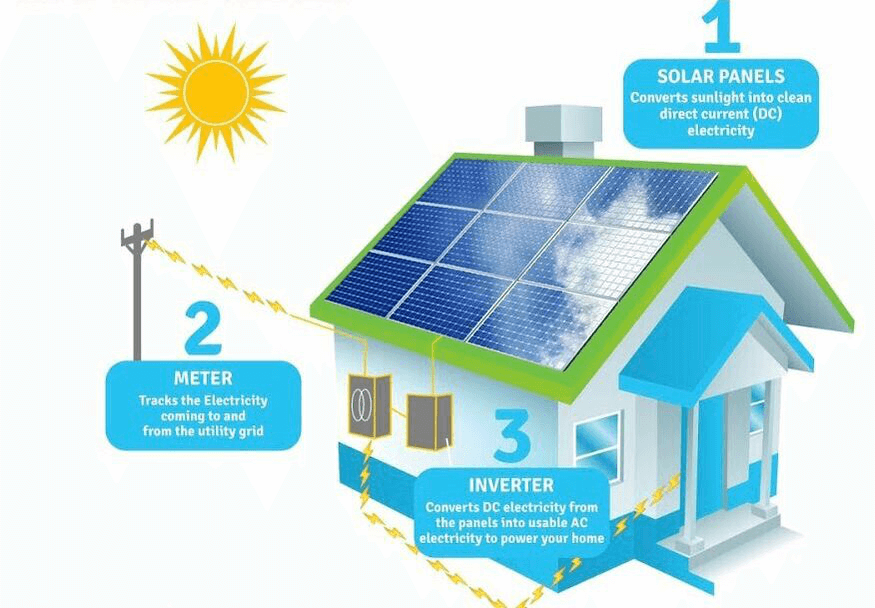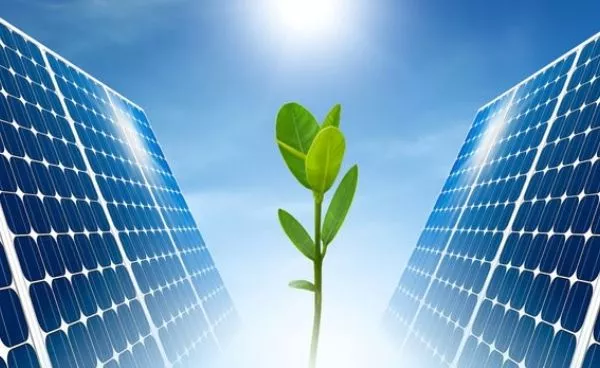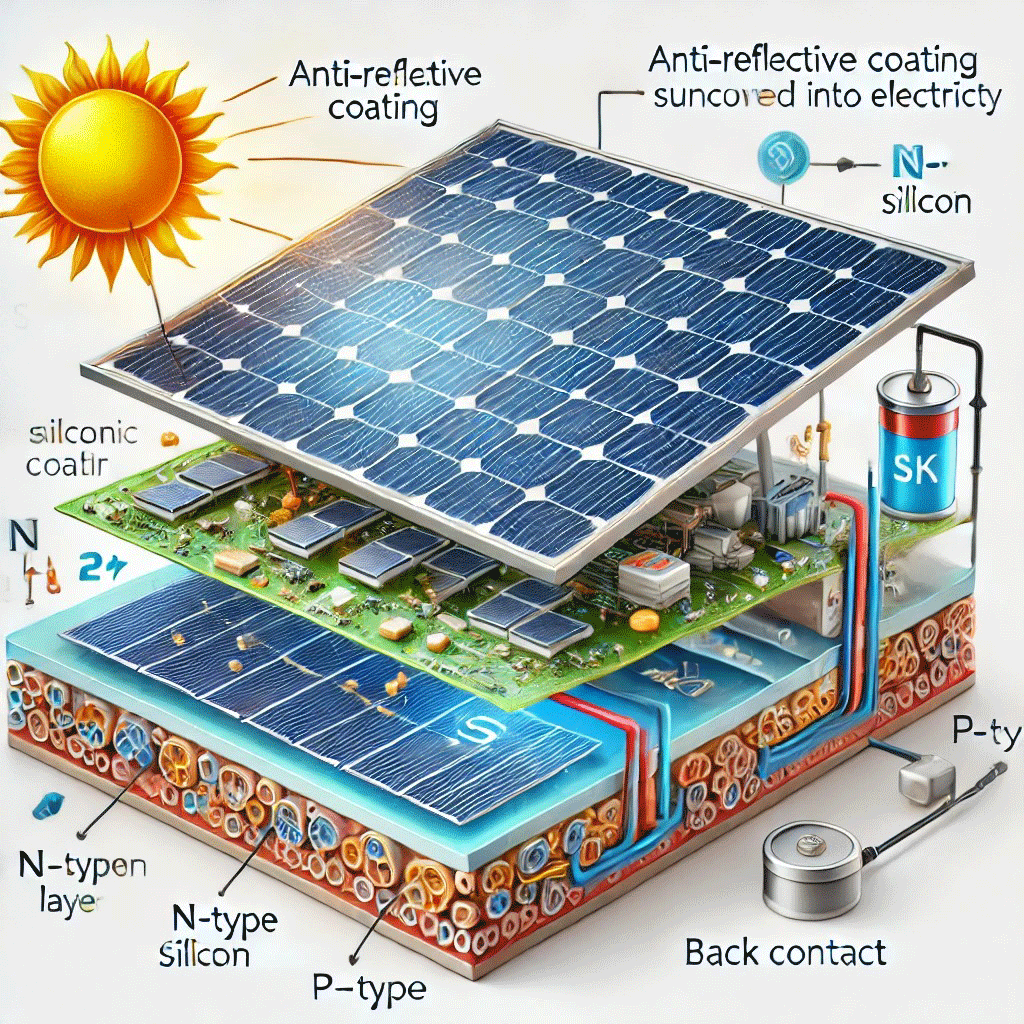Solar Energy 101: A Newbie's Overview to Sustainable Energy Solutions
As the world significantly changes towards sustainable energy remedies, comprehending the principles of solar power comes to be important for both people and services. By exploring the advantages of solar modern technology, together with the financial incentives and installation procedures, one can get a clearer viewpoint on how to properly incorporate this sustainable source right into their energy approach.
Recognizing Solar Power
At its core, understanding solar power entails realizing the fundamental concepts of exactly how sunlight can be exchanged functional electricity. Solar power is originated from the sun's radiation, which can be taken advantage of with various innovations. The primary mechanism for this conversion is the photovoltaic or pv effect. This sensation occurs when sunlight strikes semiconductor materials, commonly silicon-based, within solar batteries. The energy from the sunlight delights electrons in the semiconductor, permitting them to move openly and generate direct present (DC) electricity.

Recognizing solar power also entails acknowledging its ecological benefits. By utilizing sunlight, we can mitigate greenhouse gas exhausts and decrease air contamination, adding to an extra sustainable future. The innovations in modern technology and performance of solar systems proceed to improve their practicality, making solar power a progressively eye-catching alternative for global energy needs.
Kinds Of Solar Power Equipments
Various types of solar energy systems are generally utilized to harness solar power for electrical power generation. The key groups include photovoltaic (PV) systems, concentrating solar power (CSP) systems, and solar thermal systems.
Photovoltaic or pv systems use photovoltaic panels made up of silicon cells that transform sunshine directly right into electrical power. These systems are flexible and can be mounted on roofs, ground mounts, or incorporated into building materials.
Focusing Solar Power systems, on the various other hand, use mirrors or lenses to focus sunshine onto a small area, generating heat that drives a heavy steam wind turbine to generate electrical energy - Simply Solar Illinois. CSP systems are normally deployed in massive power plants and call for straight sunlight, making them much less ideal for over cast regions

Each sort of solar power system has its one-of-a-kind characteristics, applications, and viability depending on geographical area, power requirements, and budget plan, making it necessary to examine choices based upon certain scenarios. - Simply Solar Illinois

Advantages of Solar Power
Utilizing solar power through different systems not just provides a sustainable means to produce electricity however also supplies a plethora of advantages. Among one of the most considerable advantages is the reduction in greenhouse gas discharges, contributing to a cleaner setting and combating environment modification. Solar power is renewable, implying it is limitless and offered as long as the sun radiates, unlike nonrenewable fuel sources, which are limited and diminishing.
Additionally, solar energy can result in significant expense savings with time. Home owners and companies can reduce their electrical power bills significantly, and in a lot of cases, they may earn credit histories for excess power produced via net metering. Additionally, the solar industry produces jobs, from producing to installment, boosting neighborhood economic situations.
Another engaging benefit is power self-reliance. By generating their very own power, people and areas can minimize reliance on external power resources, boosting resilience versus fluctuating power costs and supply disturbances. Solar energy systems require very little upkeep, making them a hassle-free choice for sustainable energy generation.
Installation Process Summary
The installment procedure for solar power systems commonly includes several vital actions that guarantee reliable integration into a property. At first, an extensive site analysis is performed to assess the roofing's orientation, shielding, and structural honesty, which are important to optimizing solar panel efficiency. Following this evaluation, the design phase commences, where a customized solar power system is set up based upon the property owner's power needs and choices.
As soon as the style is finalized, the necessary authorizations and authorizations are acquired from local authorities, making certain conformity with guidelines. The real installation entails mounting the description photovoltaic panels on informative post the roof or ground, connecting them to an inverter, and incorporating the system with the residential or commercial property's electrical setup. This stage might additionally involve setting up battery storage systems, relying on the style.
With the setup full, the solar power system can begin creating sustainable power, adding to sustainability and minimizing energy costs. This organized technique makes sure that solar systems are both efficient and reliable, maximizing their long-lasting benefits.
Financial Motivations and Cost Savings
Discovering the monetary motivations and financial savings connected with solar power systems can substantially improve the charm of making the button to eco-friendly power. Numerous incentives exist at federal, state, and neighborhood degrees, developed to minimize the initial costs associated with solar setup. Among the most notable rewards is the government solar tax credit rating, which permits homeowners to subtract a percent of their solar system installation prices from their federal taxes. As of 2023, this credit score stands at 30%, supplying considerable savings.
Along with tax credits, several states use discounts that can even more decrease in advance expenses. Some energy business additionally provide performance-based motivations, gratifying solar power production gradually. Funding choices, such as solar lendings and leases, allow consumers to set up systems with little to no deposit, making solar energy much more obtainable.

Furthermore, solar systems can boost residential property worths, offering a strong return on investment. In general, the combination of incentives and savings makes solar energy a financially eye-catching selection for several houses.
Final Thought
In final thought, solar power represents an important component of sustainable power options, supplying a pathway toward minimized carbon impacts and improved ecological security. Eventually, the change to check my reference solar power not just promotes ecological responsibility but additionally advertises financial savings and energy self-reliance.